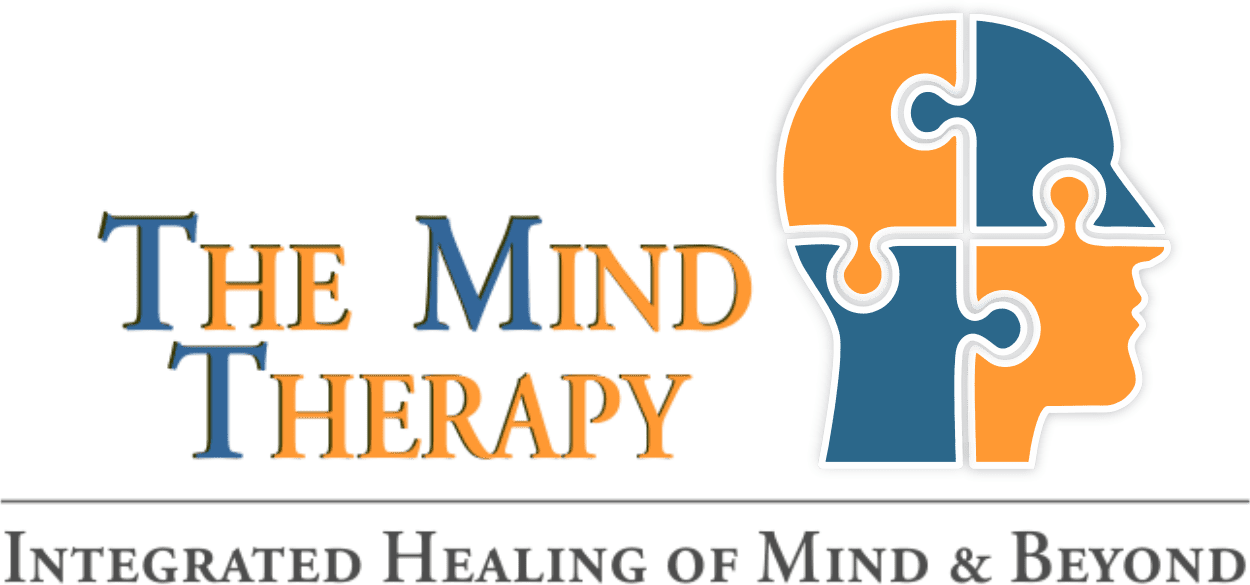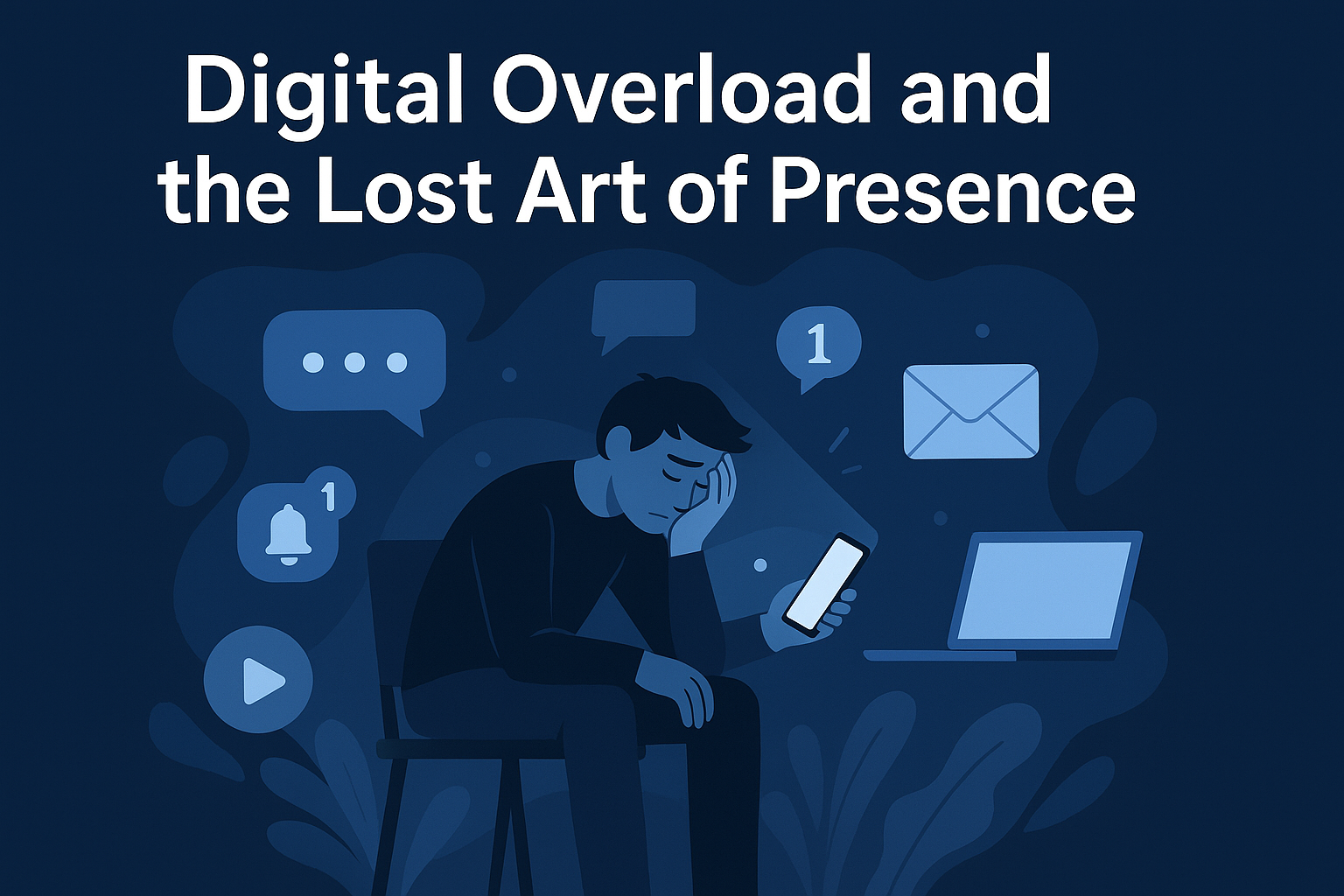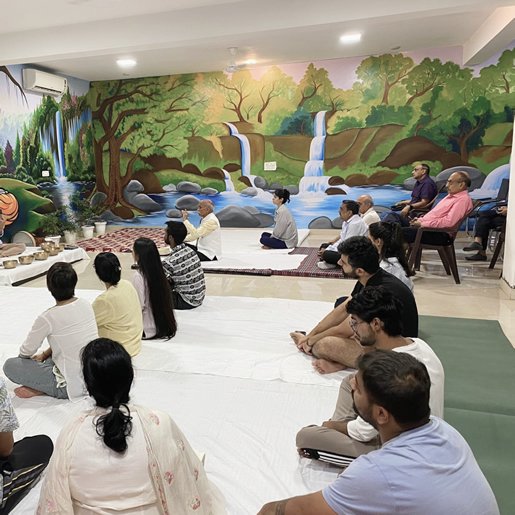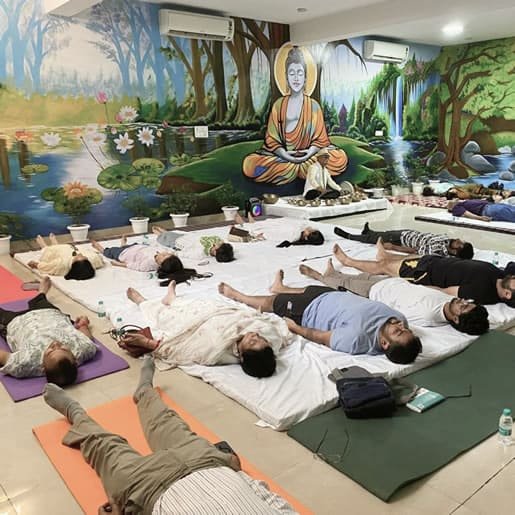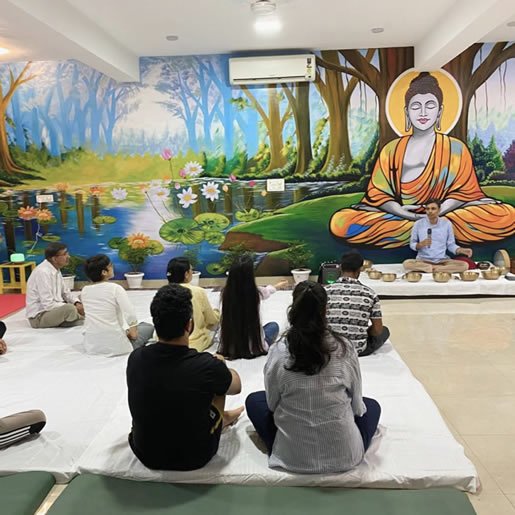Our life’s experiences includes trauma which causes deep and extreme distress or even threaten our
own survival. Our emotional response to any event or a situation determines whether it becomes
traumatic or the actual event as it is. Studies indicate that most adults across the world experience at
least one traumatic incident throughout their lives. Peter Levine correctly observed that "Trauma is a
fact of life". However, we must try to not make the experience of trauma a permanent living condition of
our life.
The consequences of trauma extend into multiple areas which affect our emotional state and physical
health and our relationships with others.
Bessel van der Kolk explained that "Trauma exists in the internalized experiences we keep hidden
when we lack someone who can understand our situation";
The experience of trauma is far more than the memory. Trauma exists beyond our mind, because it
establishes physical residency within the human body. Traumatic events create permanent changes to
nervous system functions and brain chemistry as well as immune system. The article examines the
psychosomatic aspects of trauma, besides, the scientific studies and the healing process.
Defining Trauma: It Doesn’t Exist Only in Mind
The definition of trauma generally means extremely distressing and disturbing experience in life.
Trauma can encompass physical abuse, emotional neglect, sexual assault, severe accident, natural
calamities and disasters together with witnessing violence. The way the body reacts to traumatic
events stands as the crucial aspect of trauma instead of the traumatic event itself.
Trauma exists beyond psychological aspects because neuroscience shows it affects multiple bodily
systems.
The Body’s Alarm System: Fight, Flight, Freeze
During dangerous situations the sympathetic nervous system in our brain triggers the "fight, flight, or
freeze" response. The body receives a surge of adrenaline as heart rates accelerate and muscles
tighten up to support survival.
The body experiences a persistent "stuck" state of fight or flight response because the person cannot
escape from traumatic situations. Dr. Bessel van der Kolk explains in ‘The Body Keeps the Score’ that
trauma leaves people in a state of perpetual alertness which creates feelings of danger in normal
situations that do not pose any actual threat.
People do not remember trauma as a separate event from their past. The living manifestation of pain
horror and fear resides within people as their current emotional state.
How the Brain Stores and Remembers Trauma
Brain scans performed today demonstrate that traumatic experiences alter both brain structure and
brain function. Here’s how:
1. Amygdala – The Fear Centre
After experiencing trauma the amygdala starts to function excessively. It becomes hyperactive. It stats
remaining in vigilant mode and reacts intensively even with a minor trigger. People with Post Traumatic
Stress Disorder experience high levels of anxiety together with persistent hypervigilance as their
bodies respond to their environment.
2. Hippocampus – The Memory Centre
The hippocampus serves as our memory centre. It is the organizer to help distinguish our past
experiences from current events. The hippocampus either shrinks or performs poorly after trauma
which creates confusion between stored memories and present-day experiences. People with post-
traumatic stress disorder (PTSD) often experience flashbacks because of trigger sounds or scents.
3. Prefrontal Cortex – The Rational Part of Brain
The prefrontal cortex is our decision-making centre while managing emotional part of brain. The
prefrontal cortex can shut down during trauma leading to difficulties with emotional management and
rational thinking during stressful situations.
The Physical Symptoms of Trauma
The human body maintains the intensity of unprocessed traumatic experiences. The survivors may
experience the following symptoms:
• Chronic fatigue or body pain
• Problems with digestive system
• Severe headaches or migraines
• Sleep disturbances, insomnia or having nightmares
• Disturbed immune system
Some people may even develop autoimmune diseases when they experience traumatic event in life.
According to the ACE Study (Adverse Childhood Experiences) carried out in 1998, persons with high
ACE scores were significantly more likely to suffer from chronic illnesses such as heart disease,
diabetes, and even cancer.
Trauma and the Nervous System
The autonomic nervous system that process involuntary body actions becomes imbalanced. So the
people may experience hyper-arousal: feeling anxious, easily get overwhelmed or startled or they feel
numb, disconnected, or frozen.
The dual nature of emotional responses explains why the survivors of traumatic incidents sometimes
feel extreme emotions, while some may experience total emotional numbness.
It seems strange that trauma might be retained directly in muscles, but new research and treatment
methods reveal a close link between traumatic events and the body. Somatic treatments, such as
Somatic Experiencing and trauma-informed yoga, work on the idea that trauma leaves physical marks
on the body, which might show up as persistent tension. These therapies try to help people release
this stored tension by having them do certain physical exercises and pay attention to how their bodies
feel. This makes it easier for them to heal and get over traumatic events.
Healing Trauma: Rewiring the Brain and Body
The existence of trauma does not mean a person must face a permanent condition. Neuroplasticity
allows the brain to transform its neural connections which enables healing for the brain and body.
Approaches That Help:
• Therapy: EMDR (Eye Movement Desensitization and Reprocessing), Cognitive Behavioral
Therapy, and trauma-informed therapyThe practice of mindfulness together with meditation techniques
help people achieve nervous system relaxation while developing emotional understanding.
Yoga combined with breathwork works to calm down the vagus nerve which enables the body to return
to its state of safety.
Physical Movement: Regular exercise releases endorphins and regulates the nervous system.
The process of healing requires being part of a safe community while maintaining strong connections
with others.
Your physical body remembers past experiences yet it possesses the ability to heal itself.
Trauma resides inside the body yet the body simultaneously possesses the healing power. When we
understand the psychosomatic nature of trauma, we tend to develop a compassionate approach that
may benefit both ourselves and others. Our physical body maintains records of past experiences but it
simultaneously possess the necessary elements needed for recovery.
Are you looking for inner peace, deep relaxation or holistic solutions for mental health? Visit http://themindtherapy.in - your space for online counselling/therapy, free mental health tests, meditation, sound therapy etc.
Mind Therapy is India's trusted platform for mental health, mindfulness, and holistic healing. Explore expert-led programs, guided meditation, sound therapy and counselling at http://themindtherapy.in

